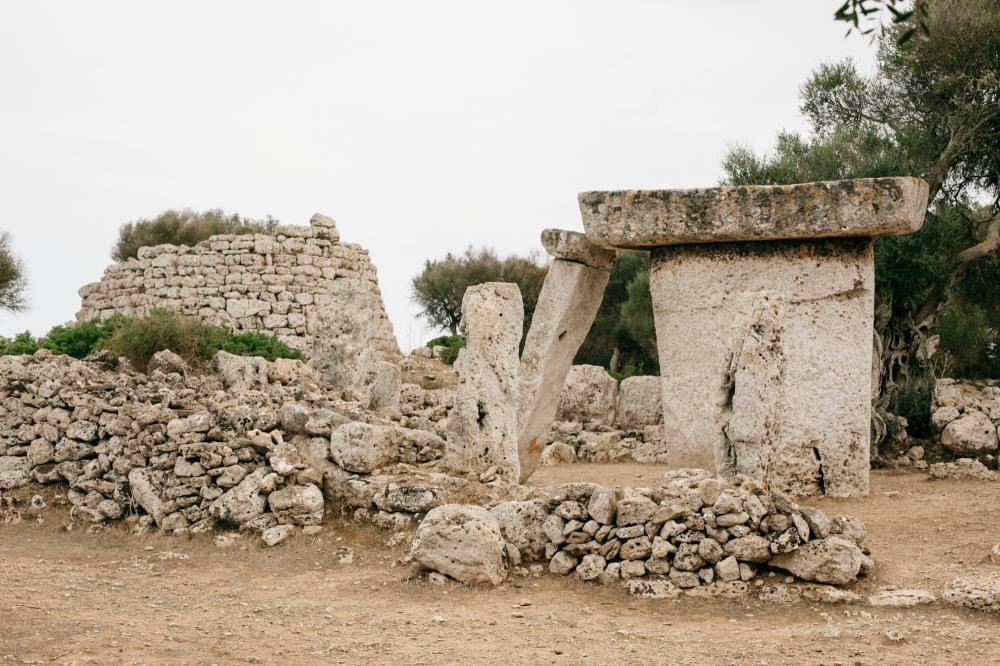 04 May
04 MayAround 3,000 years ago, Menorcan territory was populated by a new type of construction: the talayots. Some 400 talayots were built all over the island, a figure that gives us an idea of the population density at that time. The subsistence of such large communities was based on intense agricultural and livestock farming activity, which contributed to shaping the landscapes that characterise Menorca today. Last September 18, during the 45th Session of the UNESCO World Heritage Committee, Talayotic Menorca was officially inscribed on the World Heritage List.
The University of the Balearic Islands is organising this route through one of the areas with the highest density of settlements from the Talayotic period, where we will see some of the most monumental talayots on the island and learn from Antoni Ferrer, archaeologist and director of the Talayotic Menorca Agency, the data that has been obtained in recent years through archaeological research.
Route: From the Maó industrial estate we will take the camí Vell de Sant Climent and walk to the site of Cornia Nou. From there we will go to the Torelló path, passing by the talayot of the same name. We will go to the camí Vell de Alaior, access the Talatí path and reach the village of Talatí de Dalt. To return, we will go along the camí Vell de Alaior as far as the industrial estate of Maó. The total distance of the route is about 7 km, without major climbs and descents.
- Date: May 4, 2024.
- Time: from 9 am to 1 pm.
- Organized by Universitat de les Illes Balears.
- Meeting point: 8.45 am: Maó bus station / 9 am: Maó industrial estate (car park next to the municipal kennel). https://goo.gl/maps/RiQnifyHY9svyfNAA
- Level of difficulty: medium.
- Capacity: Limited. Registration opens on April 8 at sac@uib.cat. You can only reserve two places per person.
- Price: Free activity.
- More information: here.
- Important: If you sign up for this activity, you are committed to attend. If you are unable to do so, you must inform sac@uib.cat as soon as possible, so that other interested people can attend. This activity has public funding, and failure to communicate it may be cause for exclusion from future activities organised by the Cultural Activities Service. We trust in your collaboration so that everyone can benefit from it.